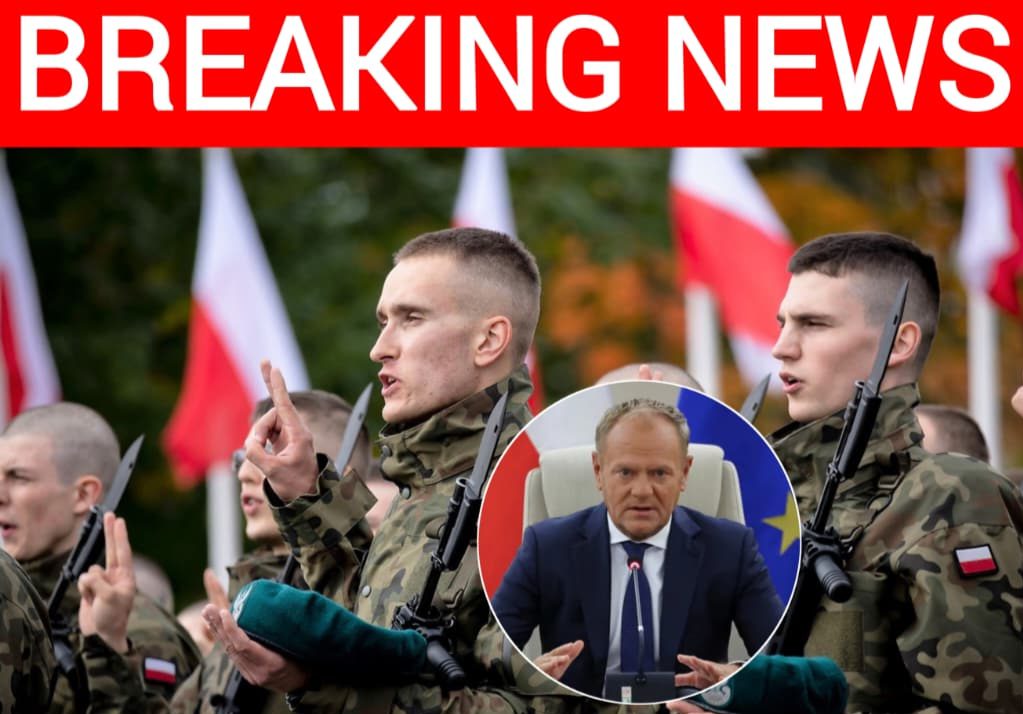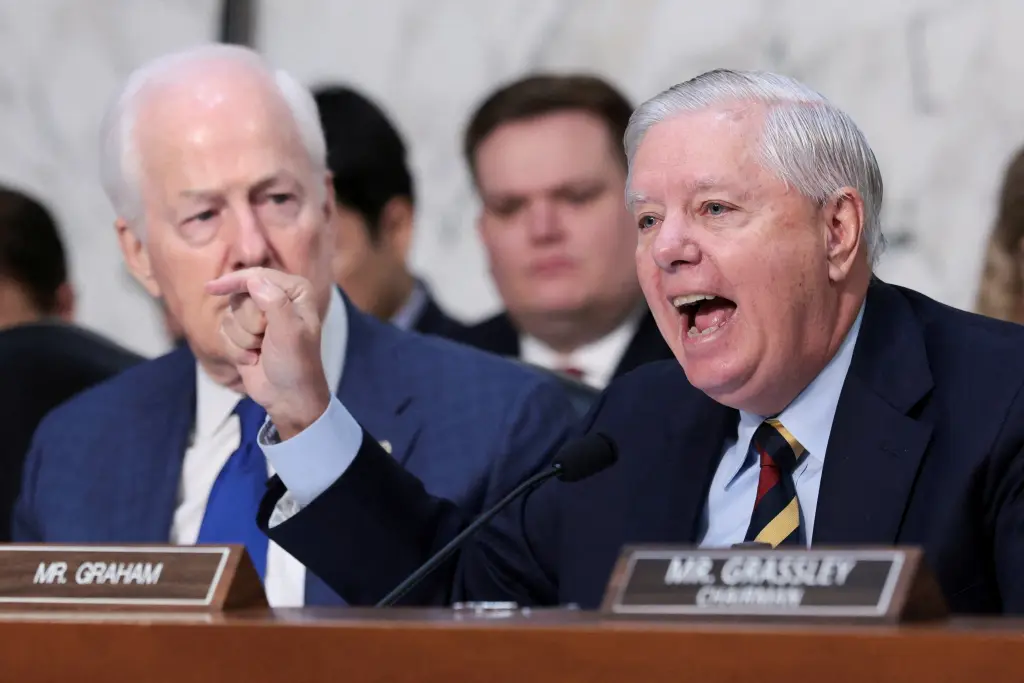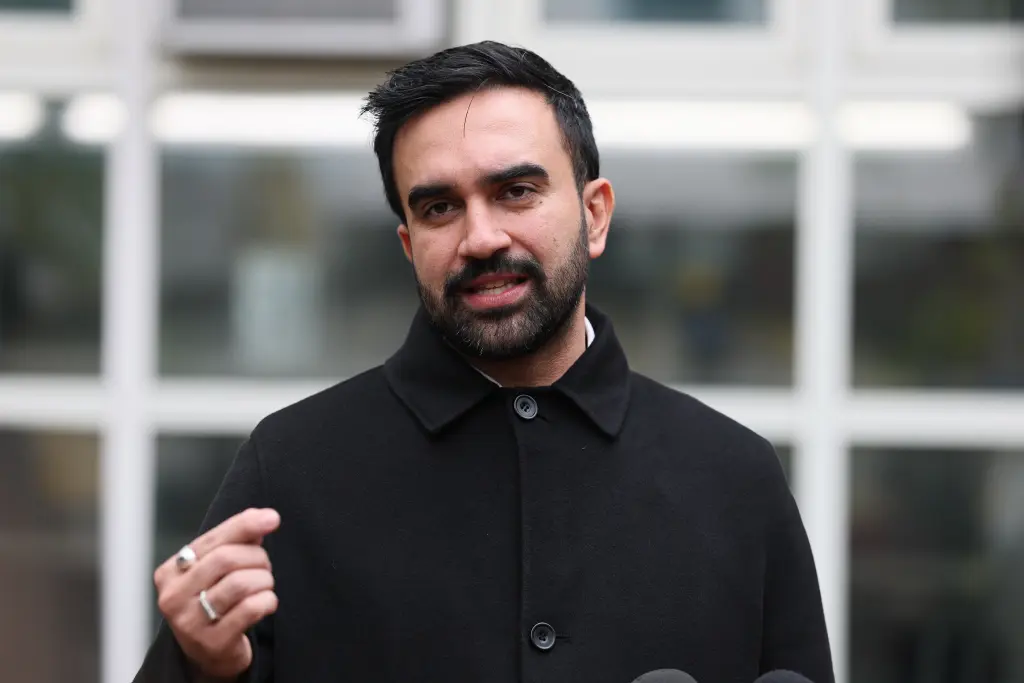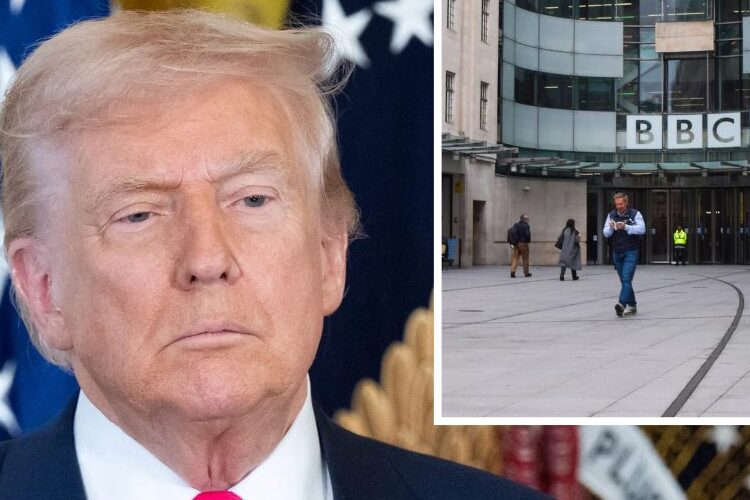Poland Forces NATO to the Brink After Russian Drones Breach Airspace and Trigger Article 4 Talks
It was the kind of night that will be remembered for years in Warsaw, a night where the hum of engines in the sky was not just routine air traffic but a sign that the war next door had crept further across the border. Polish officials confirmed that at least 19 Russian drones entered their airspace overnight, forcing both Poland and NATO allies into action. It was not just an intrusion—it was a direct violation that pushed Poland to request NATO consultations under Article 4, a clause reserved for moments when the very security of a member state feels under threat. For Poland, a country that has lived in the shadow of Russian aggression for decades, this was more than just military maneuvering; it was a historical shift in the atmosphere of European security.
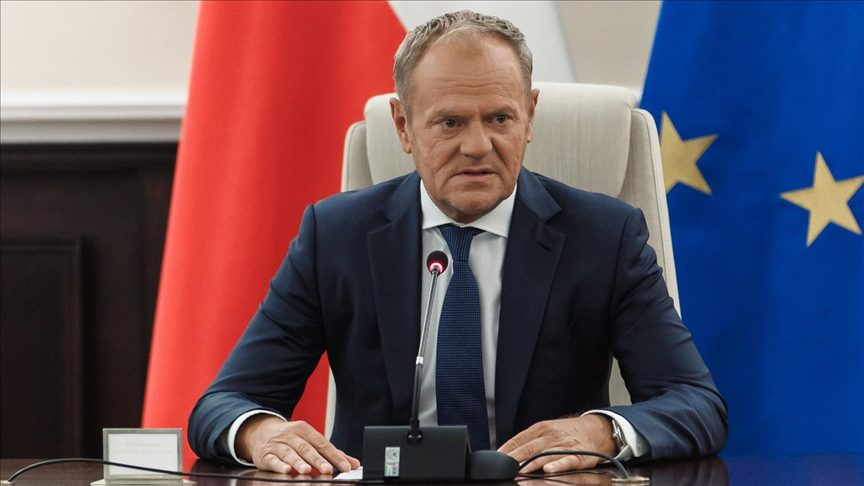
Prime Minister Donald Tusk did not mince words when he stood before reporters. He said the downing of drones was a success for both Polish and NATO forces, but he also admitted this changes the political situation entirely. His words carried the weight of history, pointing out that Poland now finds itself at its closest point to open conflict since World War II. To hear a Polish leader speak with that level of gravity underscored how much the events of one night had shaken the foundations of stability across the continent. The fact that airports were forced to close and debris from drones scattered across eastern regions made it impossible for anyone to dismiss the seriousness of what had happened.
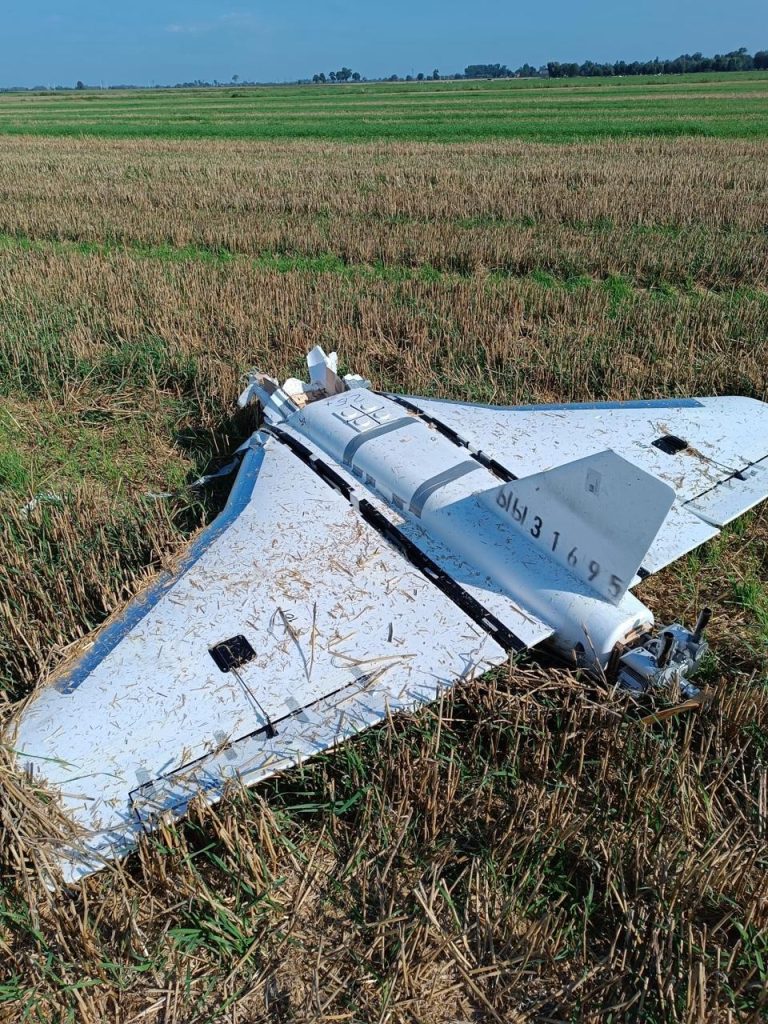
For NATO, the decision to invoke Article 4 was not about war, at least not yet. Article 4 is a mechanism that allows members to sit down and discuss the threat together, to agree on a united response and prepare for whatever may come next. It is not Article 5, which would mean collective defense, but it is a step closer than anyone hoped they would ever need to take. The involvement of Dutch F-35s, Italian surveillance aircraft, and Polish F-16s highlighted that this was not a Polish issue alone—it was NATO standing shoulder to shoulder, sending a warning to Moscow that the alliance is watching and ready.
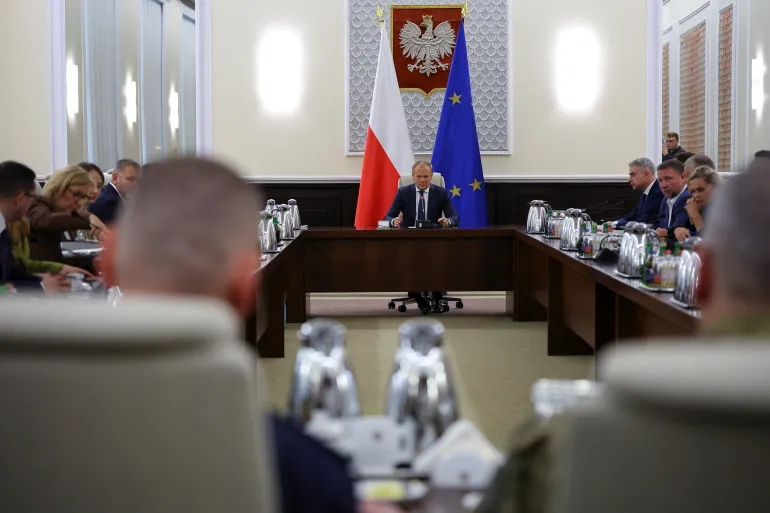
No lives were lost, which in itself was a relief, but the political damage was already done. Europe woke up to a new reality, one where the buffer of distance between the Ukraine conflict and NATO territory has been tested and breached. The conversations happening now in Brussels, Warsaw, and Washington are not just about drones; they are about the fragility of peace and the speed at which one misstep could drag the alliance into something far greater. Ordinary citizens feel this tension too, wondering if this is just a passing scare or the beginning of a new chapter none of them wanted to see.
In the end, the night’s events are more than military statistics or diplomatic statements. They are a reminder that war does not respect borders and that in moments like this, nations must choose whether to stand apart or together. Poland has made its choice, and NATO now faces the responsibility of living up to the promises written into its treaty decades ago. The world is watching, and for many, this feels like the moment the balance of peace in Europe shifted, even if just slightly, toward the edge of something far more uncertain.
